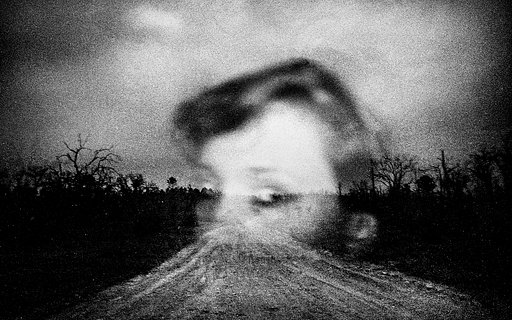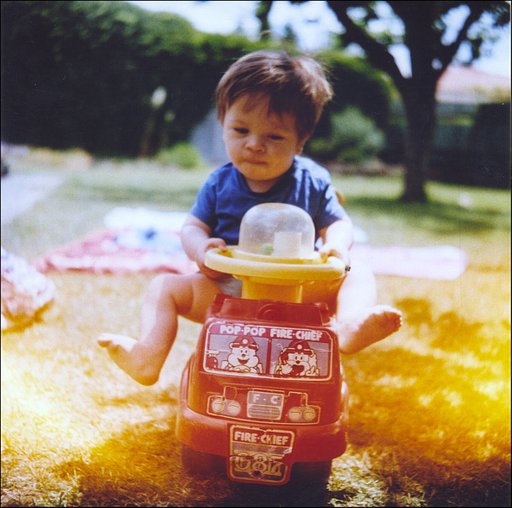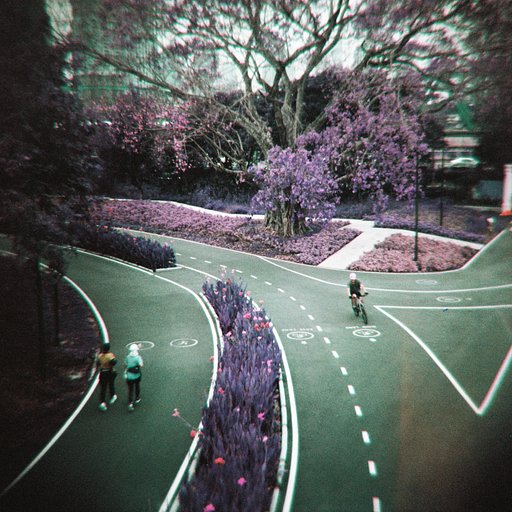In-Depth: The Meaning of Rain
4 17 Share TweetThe English language has a multitude of ways to describe rain. We have heavy rain and light rain, mizzle, drizzle, downpours and showers. We say that it’s spitting, chucking it down and raining cats and dogs. The problem with most of these phrases is that they are cliches and so have lost the weight to their meaning.
Artists have given their own meaning to rain over hundreds of years. Weather in general, but particularly rain, seems to be a source of endless inspiration.
When it comes to photography, rain can often be an excuse to not go out and shoot. After all, wet weather photography comes with challenges, like actually keeping yourself and your gear dry. Heavy rain grinds traffic to a halt, and people walking also move fast in the rain which makes street photography difficult too.
But the results can be worth the struggle because rain has the power to transform a scene.
The well known Japanese poet Matsuo Basho knew all about the transformative nature of rain. He wrote many haikus on the subject, including:
"The rainfall in June –
the poems I’ve pasted to walls
peel off, but leave traces."
And this one:
"In the summer rain
the path
has disappeared"
These poems are simple, but it’s impossible not to interpret deeper meanings (at least in their English translations.) Rain washes away the old and habitual. It’s about loss but also opportunity.
At night rain can be at its most transformative, even magical. When it rains in a city at night the world is a blur of color reflected, and of things half seen and distorted through wet window panes and puddles. Every surface seems to ripple and edges soften. It’s easy to see why so many people get a kick out of the whole sub-genre of night time rain photography, especially when shot on a roll of Lomography Color Negative 800 or Cinestill 800t.
Even the most ordinary objects seem to take on a magical quality in rain, like umbrellas, which seen from above are like strange sea creatures gliding along an ocean bed. Umbrella monsters that haunt nightmares are also popular figures in Japanese folklore. Perhaps they come from the minds of writers like Basho whose imaginations were captured by images of rain.
Basho was writing about the summer rain, also called the ‘plum rains’ in Japan and Korea. It’s the kind of seasonal heavy rain that is unrelenting and deafeningly loud as it hammers against roofs and windows of buildings. It’s exhilarating rain, quite different from the rain here in Europe which is more often associated with feelings of mild and constant misery.
With different rain comes different meanings. The English love to complain about the rain and so it makes sense that English literature is full of characters whose emotions echo the perceived sadness of rain. In his 1820 poem, Ode to Melancholy, it’s only natural that Keats should make reference to rain.
“But when the melancholy fit shall fall
Sudden from heaven like a weeping cloud
That fosters the droop-headed flowers all
And hides the green hills in an April shroud”
The speaker in the poem is sad, so the rain is described as literal tears from a "weeping cloud." In this regard it seems not much has changed since Keats’ day. Scrolling through the photos of fellow Lomographers many of the images have a touch of sadness about them, but it’s an embracing of sadness, even a kind of revelling in it that makes them strangely comforting.
French artists, like the British, were preoccupied with melodramatic self-pity, as much as they were with beauty. Maybe it should come as no surprise then that impressionism was partly born from a desire to capture the shimmering light created by rain. The technique is realized brilliantly in paintings like Monet’s Belle-Ile, Rain Effect, where the slanted lines give a strong sense of heavy driving rain.
Over the years Other Parisian painters like Edouard Cortes and Gustave Caillebotte were also intent on capturing the unique beauty of rain. In Caillebotte’s Paris Street; Rainy Day we see umbrellas again, but here they are less sinister and instead seem to emphasize the anonymity and private world of the figures in the painting. The pavement and cobbled streets shine in the soft light. Almost 150 years later we’re still often drawn to capture this exact same light reflected on wet surfaces. In film photography we capture it with silver halide crystals and light itself, rather than oil paints on canvas, but the effect for the viewer is much the same.
In 19th century English literature rain tends to mean the character will either get a fever or receive a marriage proposal. Jane Bennet gets both in Pride and Prejudice when she visits Mr Bingley in the rain. In her essay, England and the Touch of Rain, Tess Somervell tells us that in literature rain makes us vulnerable both physically and emotionally. The more you look in classic literature the more this seems to be true, and as a plot device there’s no denying it works very well. As George Eliot notes in the Mill on the Floss, “rain is the perfect opportunity for an amorous gentleman to visit a charming neighbor and then stay by her side.”
Rain seems to allow strong emotions to come to the surface. There is a suggestion that when it rains the usual rules of society don’t apply, and again transformations can occur. There is something sensual about rain in these novels. Is that because when rain touches the skin it awakens the desire of characters who also want to feel that touch? Or is it simply the suggestion that wet clothes will at some point be taken off? Whatever the reason, when it rains in literature something exciting is sure to happen.
In the poem, Waiting, by Russian writer Yevgeny Yevtushenko the word ‘rain’ is never mentioned but phrases like "In from the pouring dark" and "she’ll run dripping upstairs" make it unnecessary. The link between rain and romantic love is so strong it doesn’t need to be stated outright.
I’m usually quick to write off a rainy day as a day that’s not for photography. I'm a fan of low ISO and bright sunlight, and any excuse for a lazy day at home is one I'm tempted to take.
But I’ll make a promise to myself here to go out next time it rains – or perhaps just after the rain has stopped, to capture reflections in puddles and that shimmering light of Caillebotte’s cobblestones. And I encourage you to do the same! Pick up your cameras and head outside to find your own meanings. Who knows, you might end up with a marriage proposal.
What does rain mean to you? Do you have any tips and tricks for shooting film in rain? Share them with us in the comments below.
written by alexgray on 2022-08-28 #culture #art #rain #essay #poetry #community #literature #art-history #in-depth


















































4 Comments